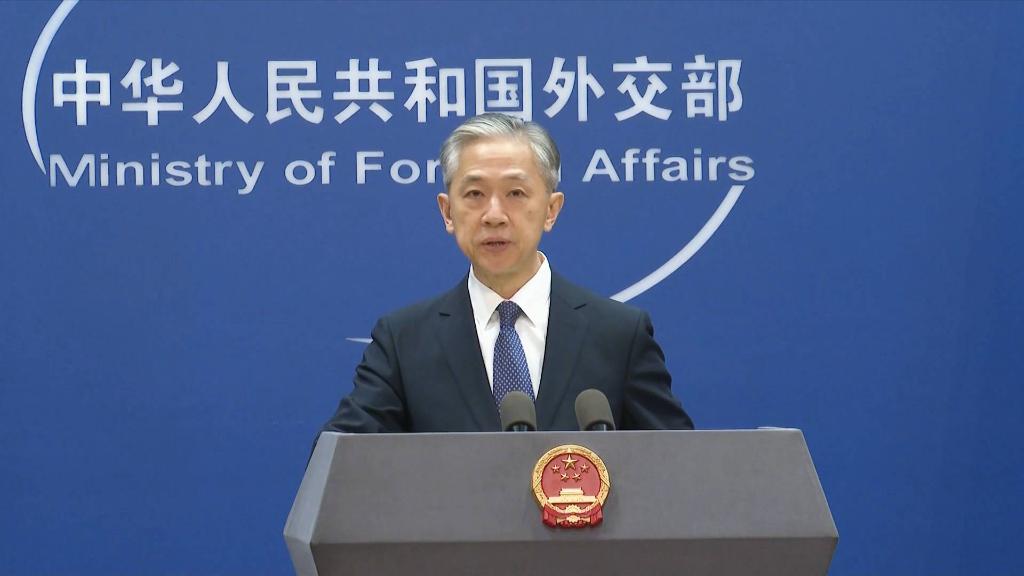
A lorry drives out of the Hong Leng Huor Dry Port on the western suburb of Phnom Penh, Cambodia on Jan. 13, 2022. (Photo by Phearum/Xinhua)
Cambodian Ministry of Commerce's undersecretary of state and spokesman Penn Sovicheat said RCEP and the Cambodia-China Free Trade Agreement, which both took effect on Jan. 1 this year, are a contributing factor to Cambodia's exports.
PHNOM PENH, July 22 (Xinhua) -- Cambodia's total export to other member countries of the Regional Comprehensive Economic Partnership (RCEP) totaled 3.28 billion U.S. dollars in the first half of 2022, up 10 percent year-on-year, a report of the Ministry of Commerce said on Thursday.
During the January-June period this year, Cambodia's top three export destinations were Vietnam, China and Japan, the report said, adding that the kingdom shipped products worth 1.17 billion dollars to Vietnam, 612 million dollars to China and 542 million dollars to Japan.
The RCEP free trade agreement comprises 15 Asia-Pacific countries including 10 Association of Southeast Asian Nations (ASEAN) member states -- Brunei, Cambodia, Indonesia, Laos, Malaysia, Myanmar, the Philippines, Singapore, Thailand and Vietnam -- and their five trading partners, namely China, Japan, South Korea, Australia and New Zealand.
Cambodian Ministry of Commerce's undersecretary of state and spokesman Penn Sovicheat said RCEP and the Cambodia-China Free Trade Agreement (CCFTA), which both took effect on Jan. 1 this year, are a contributing factor to boost Cambodia's exports.
"Our export growth is a testament to the larger market access of our products to other RCEP member countries with tariff concessions," he told a press conference in Phnom Penh on Thursday. "The two FTAs have been giving a boost to our economic growth in the long term."

Dried mango products are displayed at the 2022 Cambodia-China Trade and Investment Forum in Phnom Penh, Cambodia on May 18, 2022. (Photo by Phearum/Xinhua)
Meanwhile, Sovicheat said China has played a leading role in assisting the least developed countries (LDCs) including Cambodia through preferential tariffs, noting that the support was crucial to helping the LDCs boost their economic development.
Senior economist Ky Sereyvath, director-general of the Institute of China Studies at the Royal Academy of Cambodia, said that through RCEP, Cambodia could be a hub-and-spoke model of distributing goods from China in the ASEAN region.
"RCEP has served as a catalyst for regional and global economic growth and undoubtedly, all participating countries will benefit from it at different levels," he told Xinhua. "It will help Cambodia and other member countries to quicken their economic recovery from the COVID-19 pandemic."
Joseph Matthews, a senior professor at the BELTEI International University in Phnom Penh, said RCEP is becoming a driving force for regional economic growth in the post-pandemic era.
"This mega trade deal has created huge opportunities for countries such as Cambodia, Laos, Myanmar, Vietnam and Malaysia to market their products and commodities in such a big market and multiply their profits and gains," he told Xinhua.
According to a World Bank's research paper, Cambodia ranked third after Vietnam and Malaysia in terms of real income gains and export growth under RCEP.
"We look at RCEP as the longer benefit ... Cambodia is the third country that will gain the most from RCEP after Vietnam and Malaysia," World Bank senior country economist Ly Sodeth said at a press conference in Phnom Penh on June 30. "So, Cambodia potentially benefits a lot from RCEP."■












